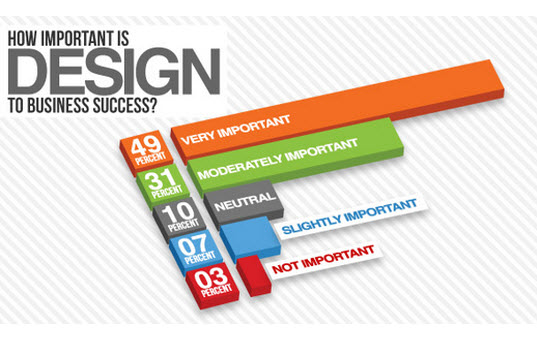The Development Of Internet Site Design: From Past To Existing
The Development Of Internet Site Design: From Past To Existing
Blog Article
Published By-Rasmussen Molina
In the past, web sites were simple and focused on details. Navigating was direct, and design was for desktop computers. Now, individual experience is key. Data guides styles for simple navigation. Receptive designs match different devices. Today, dark mode reduces stress, and minimal menus improve navigation. Interactive functions involve users, and vibrant visuals stick out. AI combination increases interaction. See how design has evolved to enhance your on-line journey.
Early Days of Web Design
In the early days of website design, simplicity preponderated. Web sites were basic, with minimal colors, fonts, and layouts. The emphasis was on giving information rather than flashy visuals. Users accessed the internet through slow dial-up links, so rate and performance were vital.
Navigating food selections were straightforward, typically situated at the top or side of the web page. Web sites were made for desktop computers, as mobile browsing had not been yet widespread. Web content was king, and developers focused on simple readability over complex layout elements.
go right here was the main coding language utilized, and designers had to work within its constraints. Computer animations and interactive functions were minimal compared to today's standards. Internet sites were static, with little vibrant content or personalized user experiences.
Rise of User-Focused Design
With the evolution of internet site layout, a shift towards user-focused design concepts has actually come to be increasingly famous. Today, developing internet sites that focus on customer experience is critical for engaging site visitors and achieving organization objectives. User-focused style includes recognizing the needs, preferences, and actions of your target audience to tailor the site's design, material, and includes appropriately.
Developers currently carry out complete study, such as individual studies and usability testing, to gather insights and comments straight from users. This data-driven method aids in developing intuitive navigation, clear calls-to-action, and aesthetically enticing interfaces that resonate with site visitors. By putting the customer at the center of the design procedure, internet sites can provide a more tailored and satisfying experience.
Responsive layout has likewise emerged as a key element of user-focused style, making certain that sites are enhanced for various devices and screen dimensions. This adaptability boosts availability and functionality, catering to the diverse methods users interact with websites today. Basically, the surge of user-focused design signifies a change in the direction of developing electronic experiences that prioritize the needs and expectations of the end individual.
Modern Trends in Website Design
Discover the most up to date patterns forming web design today. One prominent trend is dark setting design, supplying a streamlined and modern-day look while reducing eye pressure in low-light environments. One more crucial pattern is minimal navigating, simplifying menus and improving individual experience by focusing on essential elements. Incorporating micro-interactions, such as computer animated buttons or scrolling effects, can develop a much more engaging and interactive website. Receptive style continues to be critical, ensuring seamless user experiences throughout various devices. Furthermore, making use of strong typography and unbalanced layouts can add visual rate of interest and accentuate particular content.
Integrating AI innovation, like chatbots for customer assistance or tailored recommendations, improves customer engagement and improves procedures. Availability has additionally become a considerable trend, with developers prioritizing comprehensive design methods to accommodate varied user demands. Accepting sustainability by optimizing internet site performance for rate and performance is one more emerging pattern in website design. Collaborating with customer responses and information analytics to iterate and boost layout continuously is crucial for remaining appropriate in the ever-evolving digital landscape. By accepting these modern-day fads, you can develop an aesthetically appealing, user-friendly web site that resonates with your target market.
Verdict
As you assess the advancement of web site design from the early days to currently, you can see exactly how user-focused layout has come to be the driving force behind modern-day patterns.
Welcome https://www.forbes.com/sites/mikeswigunski/2021/07/06/small-business-seo-ranking-your-business-on-top-of-google/ of adjustment and adaptation in web design, constantly keeping the individual experience at the leading edge.
Keep current with the most recent trends and technologies, and never quit advancing your method to create aesthetically stunning and straightforward sites.
Advance, adapt, and create - the future of web design remains in your hands.
